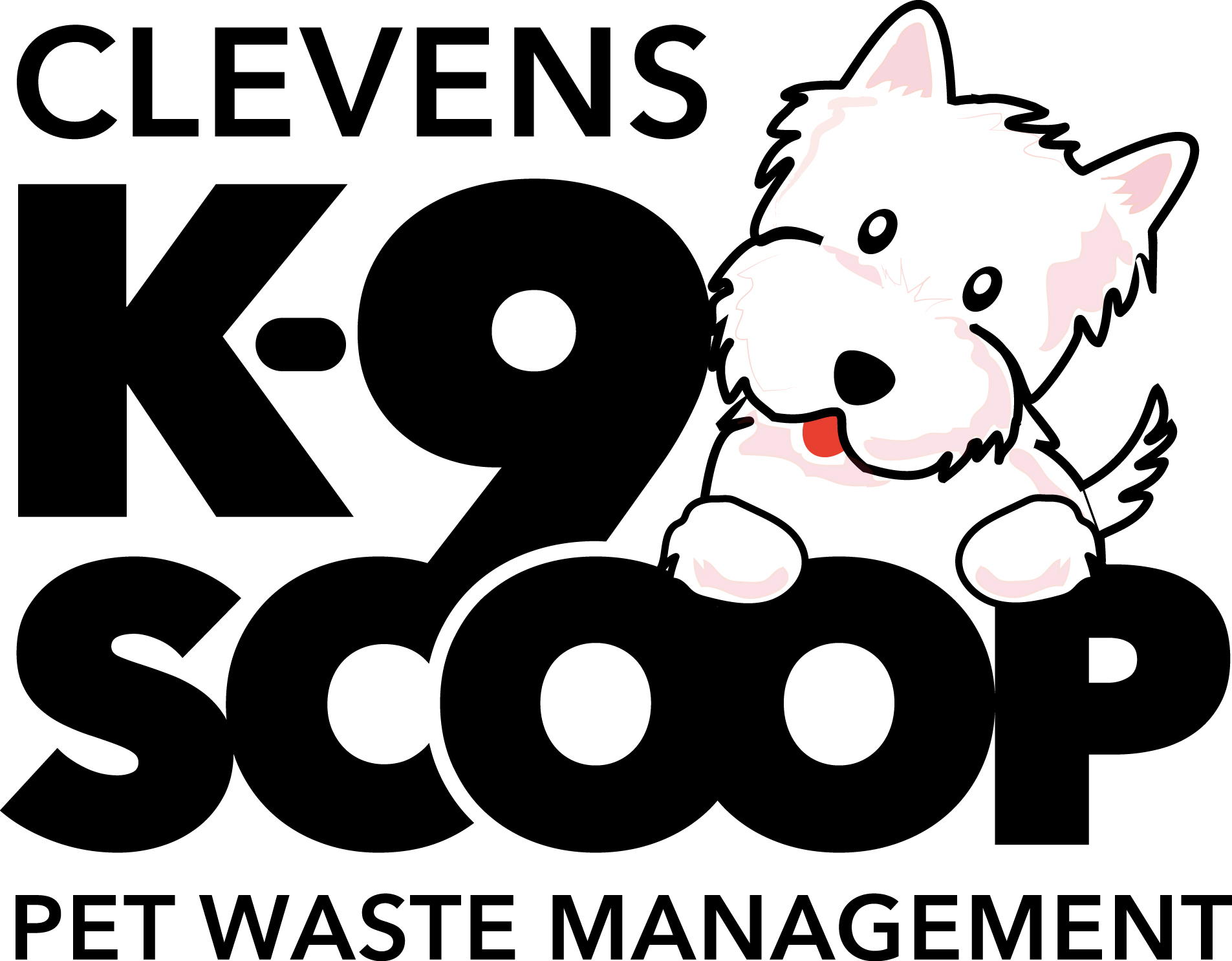What is a dog park?
A dog park is a community area where licensed dogs can run off leash. Dog parks can be as simple as an open space or have elaborate playground like equipment for dogs.
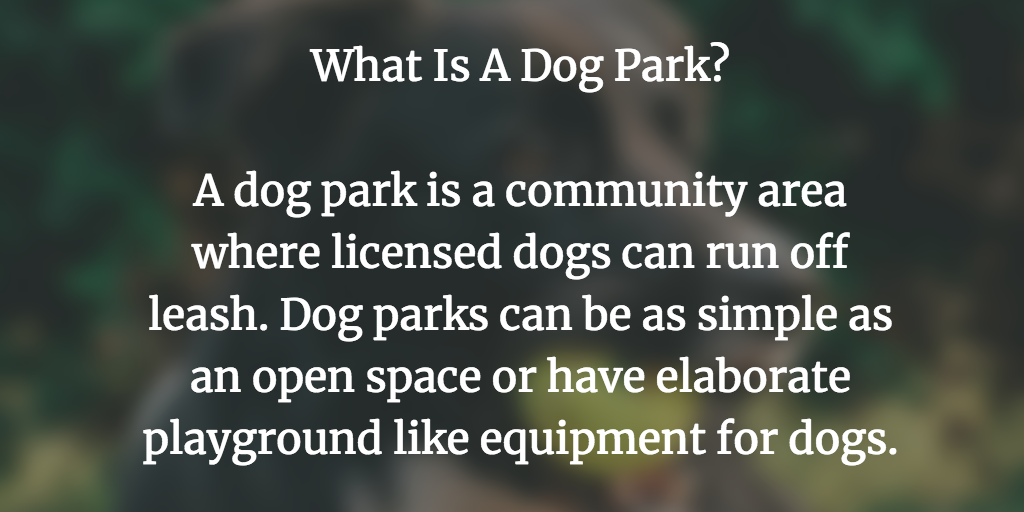
Separate areas may also be available for larger and smaller dogs. Great examples of local dogs parks would be Haverford Reserve Dog Park, Charles Price Memorial Park at Levels Road, Rockford Dog Park.
Who owns/operates the dog park?
Public dog parks on city, township, or county land are maintained by those officials usually along with a group of community volunteers.
Apartment complexes and HOAs can also own and operate a private residents only park.
Where to start your request for a Doggie Park
According to the American Kennel Club, the first step in getting a dog park in your community would be to gather as many interested and excited activists as you can find. It is important to build a solid base of dog park supporters.
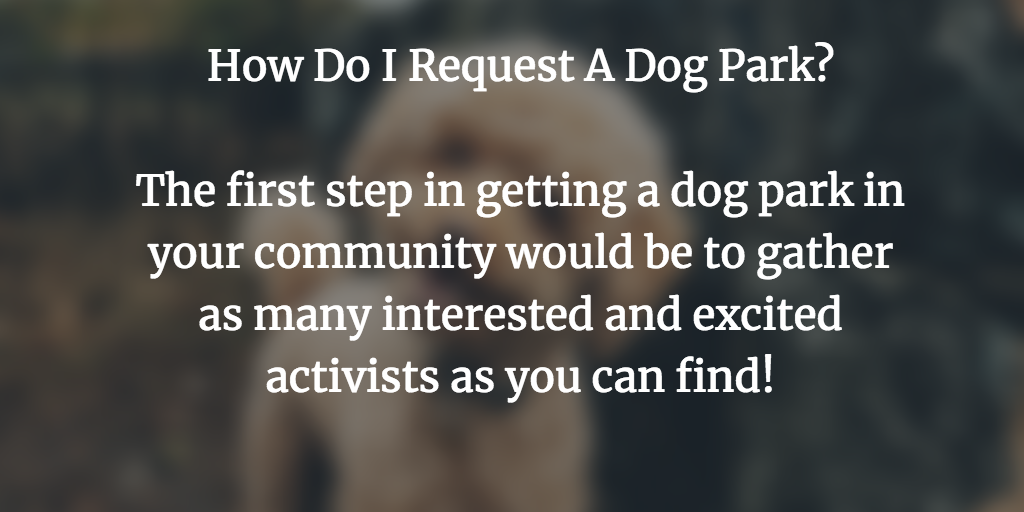
These supporters can be local residents, state or local officials, and dog friendly businesses. It is also important to identify and build financial supports whether they would be private donors, charities, or corporate sponsors. From here you can begin the process of holding public meeting to gain strength and support from the community.
Choosing a Dog Friendly Location For The Park
According to Dog On it Parks, a good dog park location is the key to its success. Neighbors, adequate space/parking, and current off-leash laws need to be considered when finding that perfect spot.
How To Consider Doggie Park Neighbors
Neighbors’ concerns like barking, loose dogs, smells, and inadequate parking need to be considered. Once established, a dog park becomes a huge recreational asset to the local families as well as the entire community.
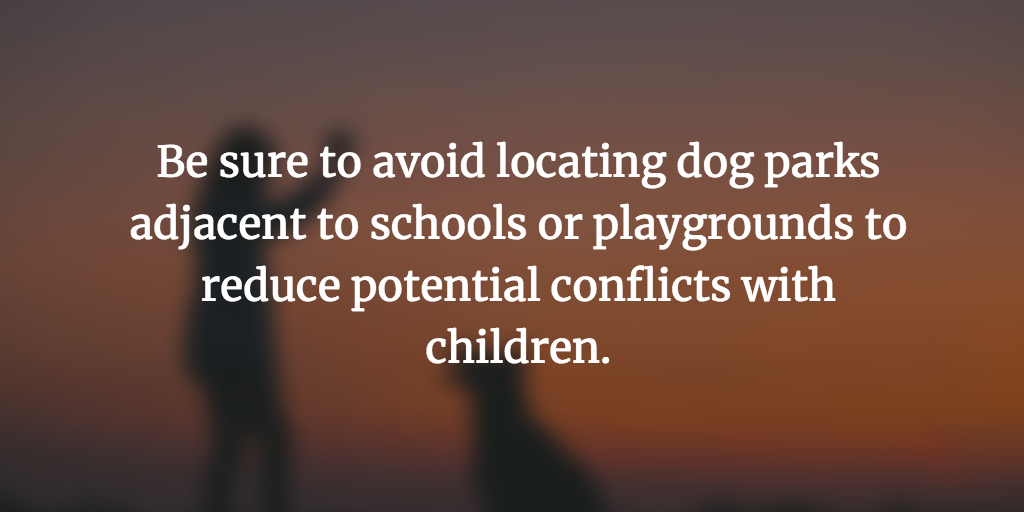
Be sure to avoid locating dog parks adjacent to schools or playgrounds to reduce potential conflicts with children.
Does Your Proposed Location Have Adequate Space?
The popularity of most dog parks may require a minimum area of half an acre or more, although many smaller urban dog parks are also very successful.
Overgrown, neglected and unmanaged areas can become great dog parks; consider repurposing existing ball fields, lawn bowling or tennis courts, or equestrian arenas, even if doing so is just temporary or seasonal.
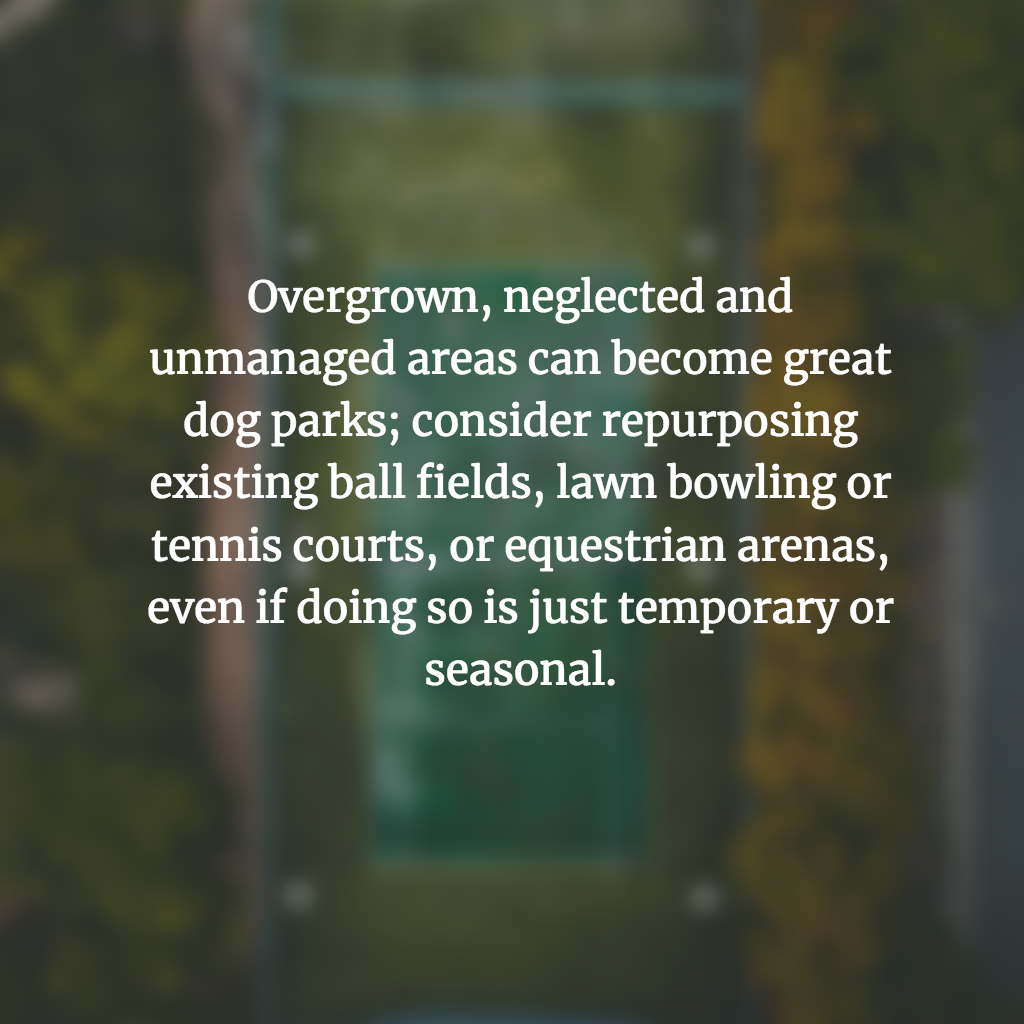
Inadequate parking can be a big problem especially on weekends, so overflow parking spaces should be considered even if they are unpaved.
Legalities Of Bark Parks
Some communities today still have archaic ordinances forbidding pets to be off-leash in any public areas. This means the city government may first need to amend local laws to allow your dog park to exist.
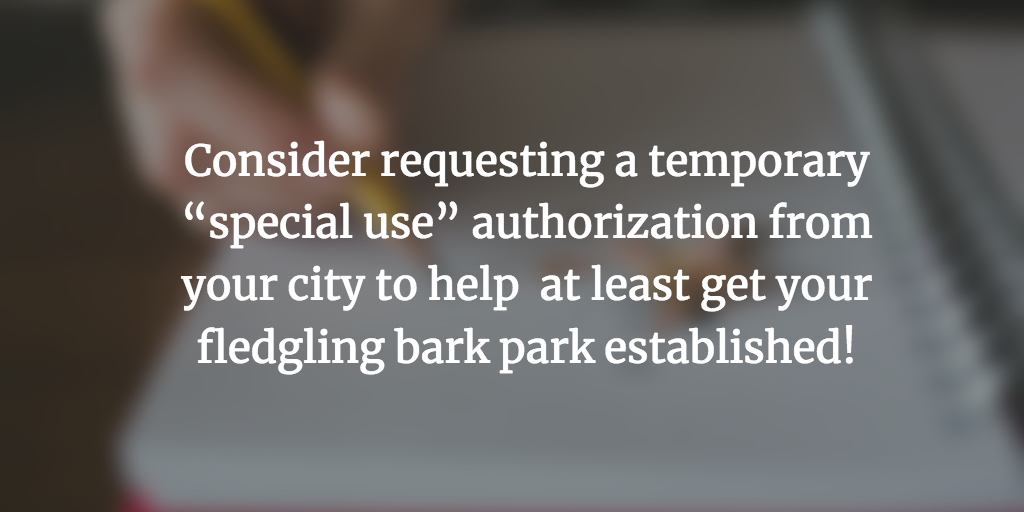
Instead of attempting to amend your community’s entire dog ordinance, consider requesting a special use exemption. A temporary “special use” authorization may help to at least get your park established, and often those temporary locations end up becoming a permanent fixture in the community.
How Much Does a Dog Park Cost?
After determining your location and speaking with community activists, you will need to determine a budget to build and maintain the dog park.
For public dog parks, conversations with the local Director of Parks & Recreations and city or county officials will help you create a budget. Those conversation should also determine if your city or county will financially support the dog park. For private dog parks, you will need to work with your HOA or Property Management company.
Now is also a key time to rely on the financial supporters you identified earlier in this process. You will need their firm financial commitment or find out what information they need to make that financial decision.
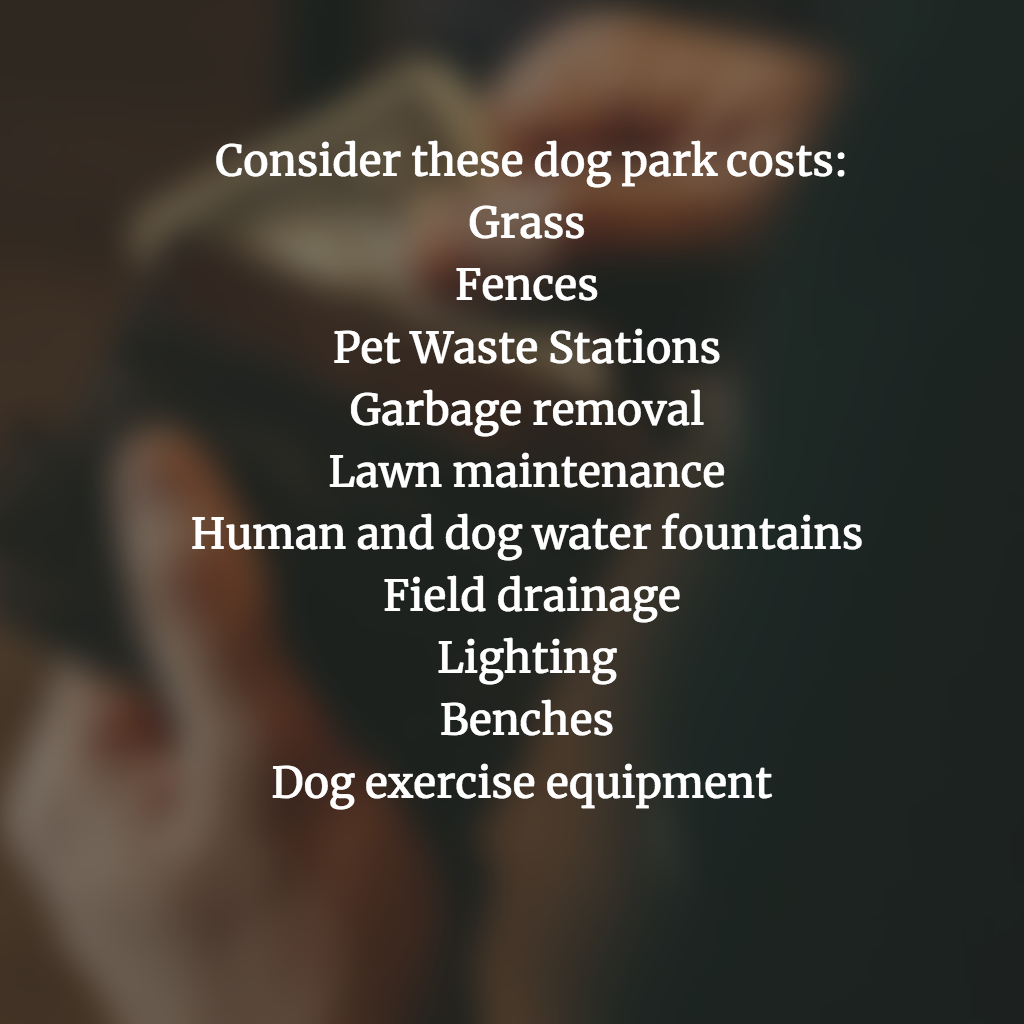
Next, you will need to estimate the cost to construct and maintain the park – costs for grass, fences, Pet Waste Stations and their maintenance, garbage removal, lawn maintenance, human and dog water fountains, field drainage, lighting, benches, dog exercise equipment and Professional Pooper Scooper Services to clean up any left behind dog waste.
Compiling this information as accurately as possible is crucial to the dog park’s success. You should also include a volunteer plan to offset some of the costs to build and maintain the park.
Request a hearing with your local government
This is what you and your dog park activists are working towards! Make sure to come prepared with your community support, benefits to the community, financial backers, proposed site, and budget/cost to build and maintain the dog park.
Also, be prepared to deal with a range of community concerns, including the risk of dog fights, dog bites, noise level, parking and traffic needs, liability issues, and maintenance. This meeting or set of meetings will be the final hurdle in getting you dog park approved!
It’s Approved!
Congratulations! This is what you have been working towards!
While it is time to celebrate, the work is just beginning on making this dream a reality. Put your plan into action and get that dog park built!
